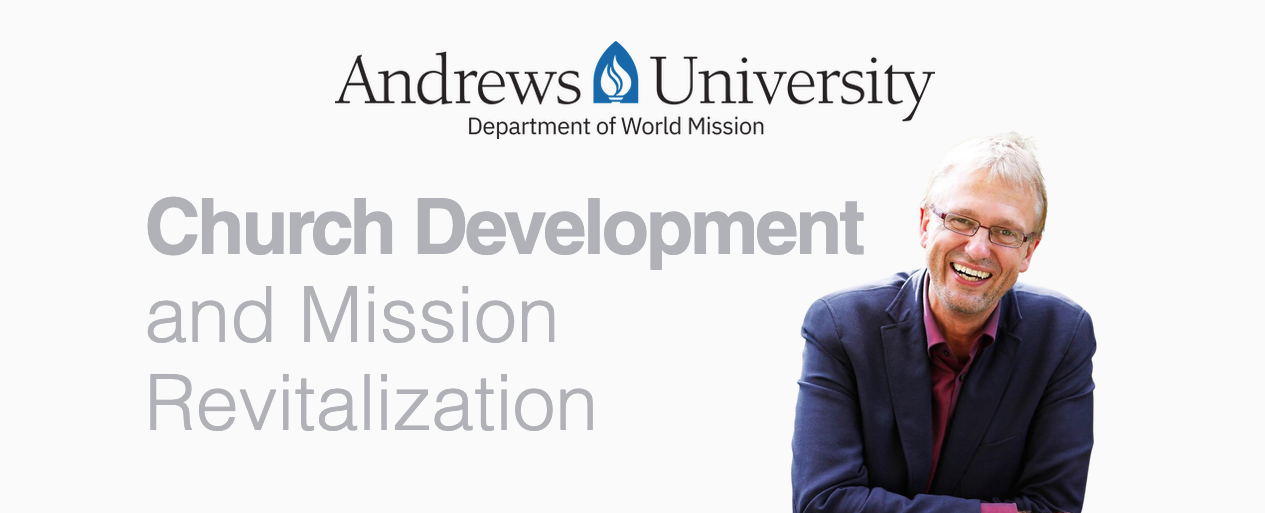The Swallen Story
As told by Gorden Doss
Clarence Swallen was born in 1900. In 1913, Clarence and his older brother attended a Seventh-day Adventist evangelistic meeting in Ohio. Clarence remembered going to the meetings on his bicycle. His brother joined the Seventh-day Adventist Church and later attended Madison College, a self-supporting school in Tennessee. He became a nurse and health educator and his goal was to be a missionary in China. Although that dream was never fulfilled because of health reasons, Clarence’s brother spent 60 years as a medical missionary in the Appalachian Mountains of Tennessee.
Clarence loved his brother and would frequently visit him in his humble dwelling. After his brother’s death he committed part of his estate to supporting Seventh-day Adventist missionary work around the world. In 1962 Clarence and his wife visited Andrews University and met with Dr. Richard Hammill, then president. Dr. Hammill took them on a tour of the campus riding in Clarence’s old Nash Rambler with a hole in the rag-top roof. It was raining that day and as Mrs. Swallen slid into the back seat she got her skirt wet. They took Hammill’s riding with them as an indication that he was a humble man and that Andrews University was a quality institution.
At the end of that visit Swallen gave his first Social Security check to Andrews University to help students who wanted to be missionaries. Hammill gave the money to two students and had them write letters of thanks. That tradition continued and in 1985 when David Faehner, VP for University Advancement, visited Swallen at his home, Swallen wept as he shared those two first letters. He funded future missionaries until his death in 1989.
The story does not end with Swallen’s death. In his estate, he left an endowment of $1.1 million to Andrews University. The interest from that premium has assisted over 1,000 students with over $1 million in scholarships. In addition, he set aside money to conduct the Swallen Mission Lectureship series sponsored by the Department of World Mission at the Seventh-day Adventist Theological Seminary. Leading missiologists who have spoken include Paul Hiebert, Charles Van Engen, Jonathan Bonk, Dudley Woodberry, Darrell Whiteman, Roger Schroeder, Steve Bevans, Scott Moreau, Robert and Kersten Priest, and Timothy Tennent.
This year we invite not only students but pastors, former Seminary students and all those who care about church development and mission revitalization. The dates are September 15-17. Our guest speaker will be Christian A. Schwarz, German theologian, international speaker, and founder of Natural Church Development. To find out more details about the lectureship here.
Register in advance right here.
(Please add the info below to the last article on this: https://www.nadministerial.com/stories/2022/7/25/world-missions-invites-you-to-attend-the-swallen-mission-lectureship-for-2022)
The Schedule:
September 15, 2022, 7:00 PM: Understanding the Global Participation Shift, followed by Q&A
September 16, 2022, 9:00 AM: How NCD Makes a Difference for Any Kind of Church, followed by Q&A
September 16, 2022, 11:00 AM: Reviving Trinitarian Thinking, followed by Panel Discussion and Q&A
September 17, 2022, 10:00 AM: Song Service & Sabbath School Panel
September 17, 2022, 11:00 AM: The Feeding of the Five Thousand and the Principle of
Multiplication (Mark 6:35–44)
September 17, 2022, 12:00 PM: Panel Discussion
Christian Andreas Schwarz the founder and president of Natural Church Development (NCD International). He started his journey towards natural church development early in his life, influenced by the ministry of his father, a Lutheran church superintendent. On his 18th birthday he was diagnosed with an incurable disease which has had a strong influence on his priorities, plans, and the intensity of activities in the years to follow. An unexpected healing eight years after the diagnosis intensified his decision to invest the rest of his life into the cause of helping churches get healthy.
Schwarz has written various books focused on church development and life transformation. His most popular books have been published in the NCD Discipleship Resources series, with five titles so far (The 3 Colors of Leadership, The 3 Colors of Ministry, The 3 Colors of Your Spirituality, The 3 Colors of Community, The 3 Colors of Love). The major strategic building blocks of NCD are the eight quality characteristics of healthy churches, the six growth forces, the minimum-factor strategy, and the Trinitarian Compass.
A central part of NCD is a diagnostic tool called the NCD Church Survey, a resource that enables churches to precisely assess their present quality and to identify the area of greatest need. As a second step, the church conducting a survey is supported by specifically designed tools and coaching to increase its quality in the respective area. After a given time, the church conducts a repeat-profile to monitor the actual progress. According to NCD theory, this investment in the quality or health of the church is the factor that has the strongest correlation to numerical growth.

